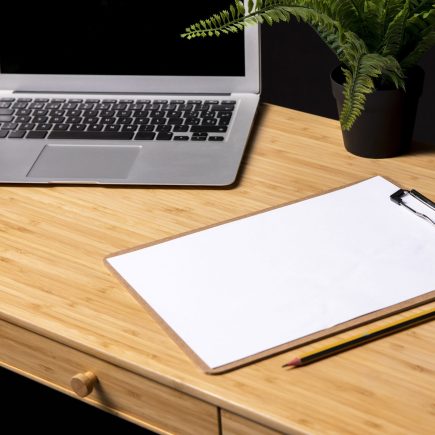Do you ever feel like your garden is too small to grow everything you want? Or maybe you’ve run out of space for new plants? If you’re working with limited garden space, raised bed trellises could be your secret weapon. Not only do they help you make the most of every square foot, but they also keep your plants healthy and organized. Whether you have a small backyard, a balcony, or just a tiny corner of your yard, raised bed trellises can maximize your growing potential and add beauty to your space.

Why Choose Raised Bed Trellises?
Maximize Vertical Space
One of the biggest challenges of small-space gardening is limited horizontal space. But by adding trellises to your raised beds, you can make use of your garden’s vertical space. Trellises allow climbing plants like tomatoes, cucumbers, and beans to grow upwards rather than sprawling outwards. This simple change can increase your plant yield without taking up extra space.
Easier Access and Better Drainage
Raised beds improve access by keeping your plants off the ground, reducing the need for bending or kneeling. They also enhance drainage, preventing waterlogging and ensuring your plants have healthy root systems. The combination of a trellis and raised bed helps your plants grow upward and thrive with minimal maintenance.
Planning Your Raised Bed Trellis Layout

Before you start building your raised bed trellis, it’s essential to plan your layout. A thoughtful design ensures that your plants will grow efficiently and that your garden will look aesthetically pleasing.
Step 1: Assess Your Space
Evaluate the available space in your garden and decide where you want to place your raised bed trellis. Ensure the area gets adequate sunlight for the plants you plan to grow. Most vegetables need at least six hours of direct sunlight per day.
Step 2: Decide on Trellis Height and Style
Consider how tall the plants you want to grow will become. For example, beans and peas don’t need tall trellises, while cucumbers and tomatoes will benefit from taller structures. Choose a trellis that supports your plants without overwhelming the space.
Step 3: Group Similar Plants Together
Plan your raised bed so that plants with similar needs are grouped together. For example, keep leafy greens like spinach and lettuce in one section and taller plants like tomatoes or peas in another. This will make maintenance easier and improve plant growth.
Quick Tips for Layout:
- Use A-frame trellises for plants like peas and beans that require minimal space.
- Decorative arches are great for adding elegance while supporting climbing flowers or grapes.
Recommended Product:

If you’re limited on space, the Outsunny Set of 2 Raised Garden Beds with Trellis is an excellent solution. This set includes two raised garden beds with trellis panels, offering a compact, versatile gardening system. The trellises support climbing plants while the beds offer plenty of space for growing various herbs, vegetables, and flowers.
Best Plants for Raised Bed Trellises

Now that you have your raised bed trellis setup, it’s time to select the right plants. When choosing plants, consider their growth habits and how well they will climb or spread on a trellis.
Climbing Vegetables
- Tomatoes: Indeterminate tomato varieties are perfect for trellises as they grow upward, leaving more space for other plants. They also avoid soil diseases by being elevated.
- Cucumbers: Cucumbers are natural climbers and thrive on vertical trellises. This allows you to save ground space for other crops.
- Beans: Pole beans, in particular, grow well on trellises. They will climb the support structure naturally and are easy to harvest when grown vertically.
Climbing Flowers and Fruits
- Morning Glories: These flowers add a pop of color to your garden and are ideal for trellises. Their vines climb effortlessly, covering your trellis with beautiful blooms.
- Climbing Roses: A favorite for gardeners looking to add fragrance and beauty, climbing roses can make your raised bed trellis look stunning while offering vertical interest.
- Grapes: Grape vines grow perfectly on trellises. They require strong support, and raised bed trellises provide the necessary structure for their vines to climb and produce fruit.
Quick Tips for Planting:
- Plant climbing vegetables like tomatoes and cucumbers at the back of the raised bed for easy access and sunlight.
- Combine flowers and vegetables in your raised bed to create a multifunctional garden that is both practical and beautiful.
FAQs
1. How do I plan a layout for my raised bed trellis garden?
Start by evaluating available sunlight and space in your garden. Group plants with similar light and water needs together and ensure each gets at least six hours of sunlight daily. This layout promotes healthy plant growth and maximizes space.
2. What materials should I use for building a raised bed trellis?
Consider using durable materials like cedar for a natural look or galvanized steel for longevity. PVC is also a budget-friendly option for smaller gardens, offering lightweight, easy-to-maintain solutions for trellis construction.
3. What are the benefits of using trellises in a small garden?
Trellises allow climbing plants to grow vertically, freeing up valuable ground space for additional crops. This technique enhances plant yield, improves air circulation, and keeps your garden organized and manageable in limited space.






















